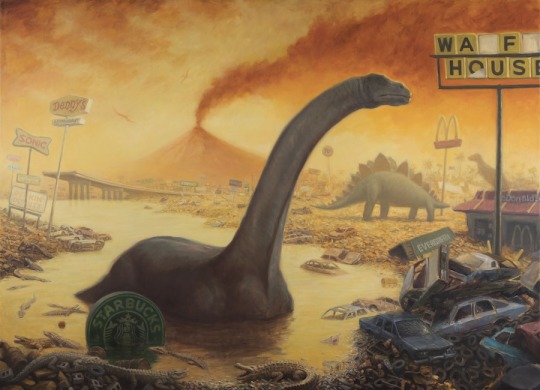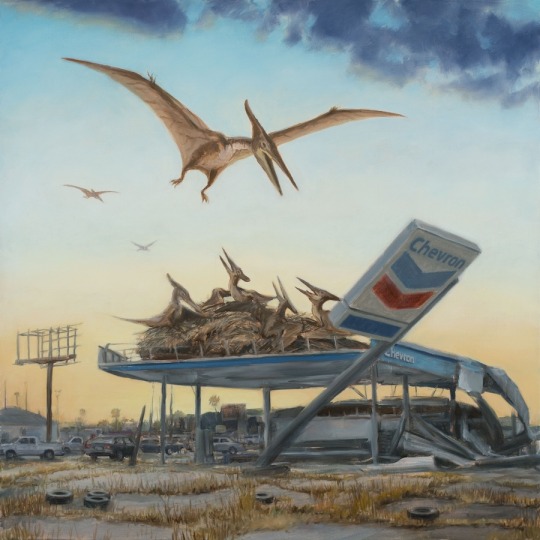Text
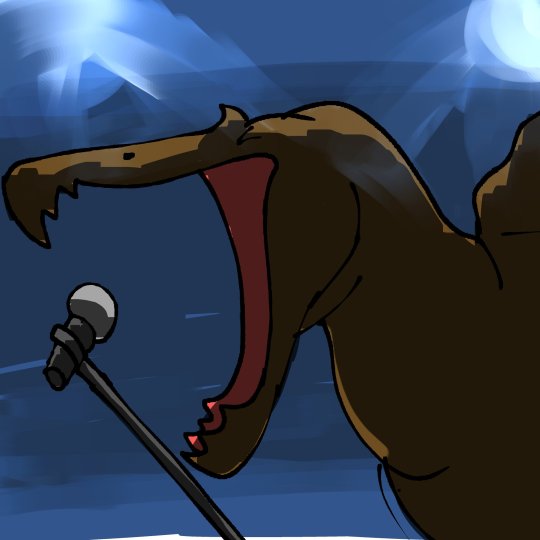
SOMEBODY GET ME THROUGH THIS NIGHTMARE!!!!!
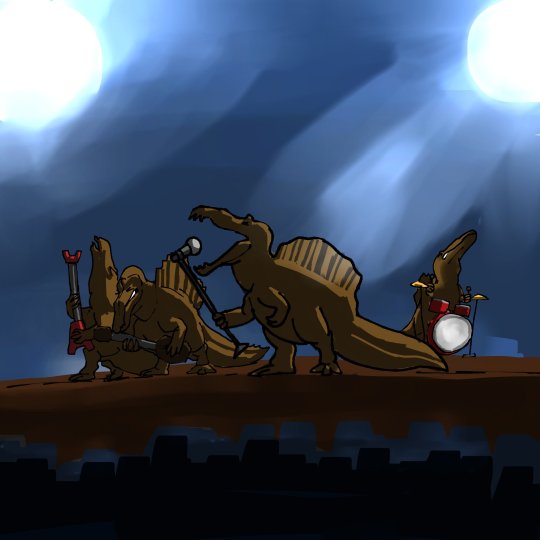
I CAN'T CONTROL MYSELF!!!!!
747 notes
·
View notes
Text

32K notes
·
View notes
Text
Fingers crossed we get to smooch, shag, and go out with Ivan and Neil, I'm already having a blast with them on night one of the ball
i'm really hyped for you all to play Act 2 and one of the major reasons is: you'll finally know who the hell I'm talking about when I gush over my Act 2 hotties
8 notes
·
View notes
Text
That's not quite right regarding how the Cretaceous-Paleogene boundary is defined, strictly speaking. In a very technical sense, the single criterion one looks for to separate the Cretaceous from the Paleogene is the presence of the Boundary Clay (the dark stripe you see in most pictures showing the extinction event), not the iridium anomaly, though the iridium spike was also voted on as the possible single definition criterion.
That said, the iridium spike is also one of the changes one sees right at the extinction boundary (among other things, like shocked quartz - essentially quartz that's undergone such intense pressure that it alters the lattice structure of the crystal - around the impact zone as well as other geochemical phenomena and the extinction of different plankton), and is indeed found within the sediments of the Boundary Clay layer.
Another fun factoid is that the iridium spike played a major role in us learning that there was an asteroid impact at this time, as it's an element that is incredibly rare on Earth but is relatively common in asteroids. The actual impact crater was found after the iridium anomaly, which is pretty cool!
Source: Molina, E., Alegret, L., Arenillas, I., Arz, J. A., Gallala, N., Hardenbol, J., von Salis, K., Steurbaut, E., Vandenberghe, N. & Zaghbib-Turki, D. (2006). The Global Boundary Stratotype Section and Point for the base of the Danian Stage (Paleocene, Paleogene. Episodes Journal of International Geoscience, 29(4), 263-273.
It's weird how geological time works. Eras start and end bit by bit over the course of hundreds of thousands of years. That sounds like a big uncertainty but that sort of timescale, on which the climate can overhaul itself completely and entire species rise and fall, is instantaneous compared to the age of the earth. Any hypothetical sentient creature would have no idea it was living through a major turning point. The Silurian slid into the Devonian as land plants became A Thing and insects started to wonder if 'pilot' might be a good career path, but there was no one moment when one thing ended and another began. That's not how that works...
... except for the Cretaceous. The Cretaceous had a Last Day and it was probably in April, and then the next day it was the Paleogene.
15K notes
·
View notes
Text
Uncharismatic Fact of the Day
Most sea snakes live in the sea, but the Lake Taal sea snake sure doesn't! This species is found only in Lake Taal, a freshwater lake on the island of Luzon in the Philippines. In fact, the lake was originally saltwater, but was closed off from the sea by a volcanic eruption in the 16th century, and the Lake Taal sea snake has since adapted to the drastic decrease in salinity.
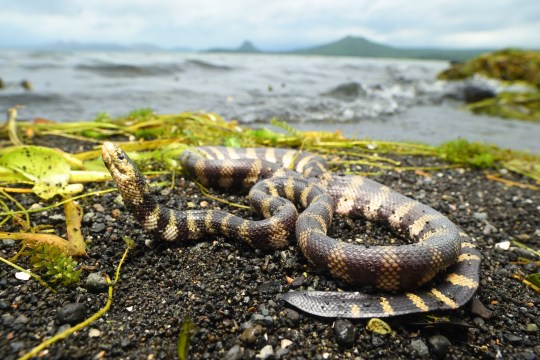
(Image: A Lake Taal sea snake (Hydrophis semperi) by Chris Hay)
If you like what I do, consider buying me a ko-fi!
149 notes
·
View notes
Text
Uncharismatic Fact of the Day
What's the name of the world's biggest slug? 'Biggest slug', of course! The scientific name for the leopard slug is Limax maximus which literally means 'biggest slug' in latin. And it earns that name too, reaching lengths of 10–20 cm (4–8 in)!
You can read more about this species here.
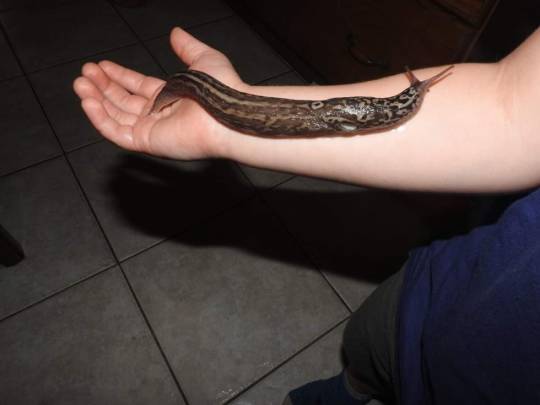
(Image: A leopard slug (Limax maximus) by PJ Bernauer)
If you like what I do, consider buying me a ko-fi!
753 notes
·
View notes
Text

[This user already ships Undertaker/Cloudia.]
141 notes
·
View notes
Text
Uncharismatic Fact of the Day
Most people fear going to the dentist, but dentists themselves bow down to the mighty chiton! These slug-like marine invertebrates have some of the strongest teeth in the world-- at least three times harder than human enamal-- and are lined with hard minerals like iron and silicate compounds which enable them to scrape minute bits of algae off of bare rock.

(Image: A gumboot chiton (Cryptochiton stelleri) by Sara Wickam)
If you like what I do, consider buying me a ko-fi!
112 notes
·
View notes
Text
Uncharismatic Fact of the Day
Can you do a backstroke? The horseshoe crab can! These creatures spend most of their time crawling along the ocean floor, but when they need to they can turn over and swim on their backs at a breakneck 0.54 kph (0.34 mph), using all six of their legs and the thick gills along their bellies-- called book gills-- to generate momentum.

(Image: An Atlantic horseshoe crab (Limulus polyphemus) by John Tlumacki)
If you like what I do, consider buying me a ko-fi!
208 notes
·
View notes
Text
#all of them#the moment of joy I felt when I found out that the dinosaur put-put movie was on Tubi has not been matched in years#I vote all of these#well#most of these#actually no#all#all are good#just not equally good
904 notes
·
View notes
Text
I am a failure pile in a sadness bowl
1 note
·
View note
Text






Winter birds
jukkarisikko
2K notes
·
View notes
